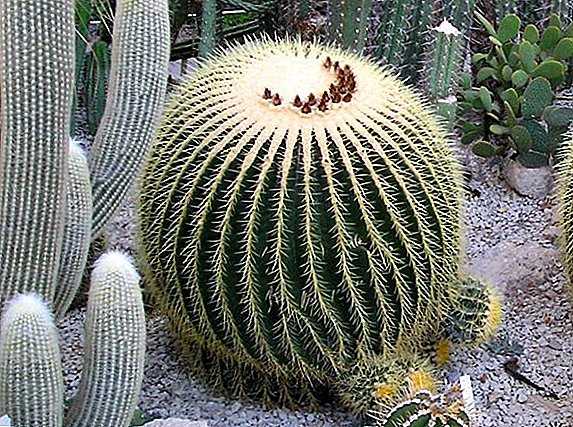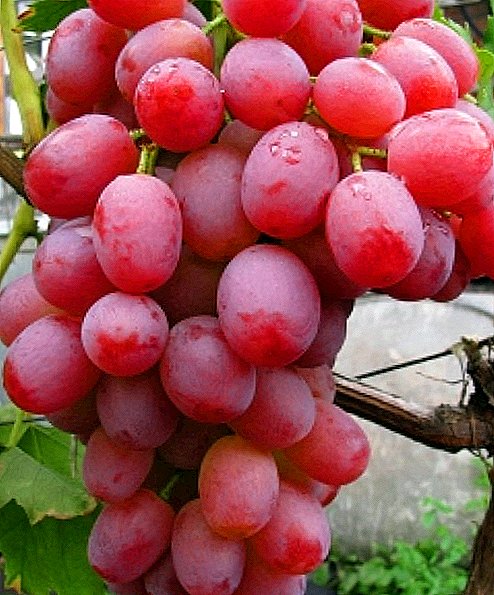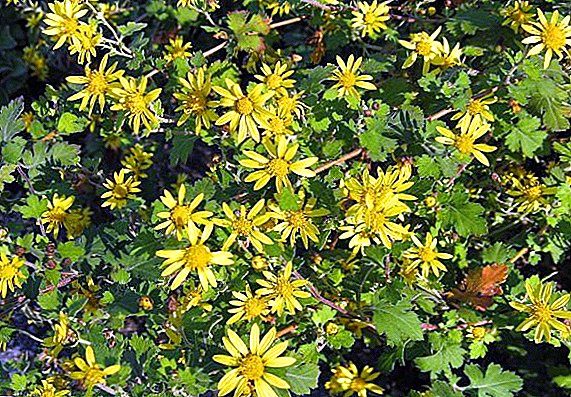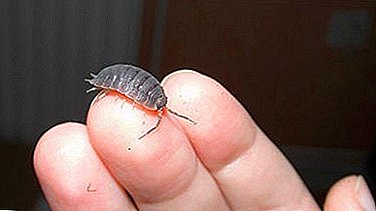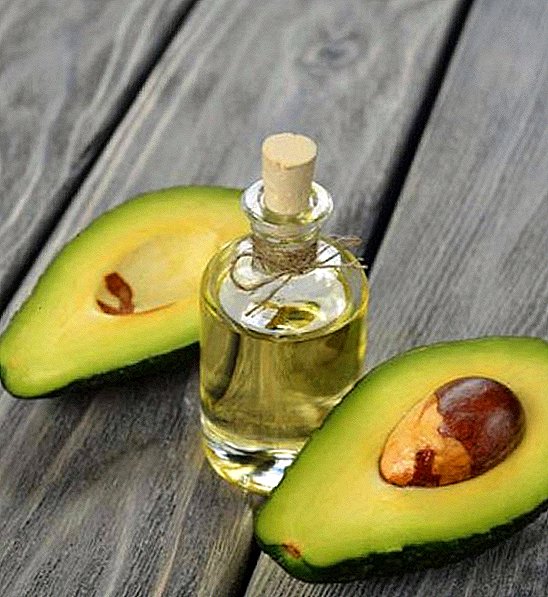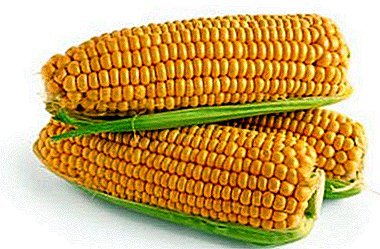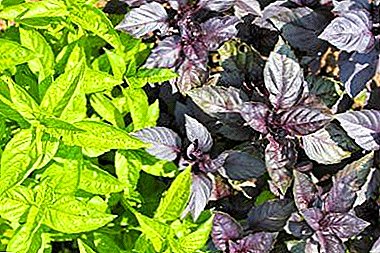
Basil is a common and beloved plant that is grown by many in summer cottages and gardens and at home. However, the pleasant spicy taste of basil is liked not only to humans, but also to all kinds of insect pests. Prone to plant and disease.
In this article, we will look at the most common diseases that can happen to basil, tell you how to control them, and also tell you why the leaves turn yellow, curl and dry, and what to do in this case.
Common plant diseases
Among the diseases of the plant most often there is yellowing, twisting and dropping of leaves, fungal diseases such as fusarium, black leg, gray rot. Let us consider in more detail each ailment.
- Yellowing leaves. Individual leaves from bright and saturated green color change color to yellow. It is impossible not to notice. Leaves may turn yellow as a result of both soil depletion and inadequate pot volume. Solution: feeding the soil, and better transplanting in another pot.
- Twisting sheet plate. The leaves are bent inwards, without changing color. Leaves can also be curled due to the nature of the variety. Especially often curled leaves appear among the large-leaved varieties. Also, twisted leaves may occur when the soil becomes too wet. To change the situation requires reducing the frequency of irrigation.
- Leaf fall. It is easy to notice if there is a scattering of dried leaves next to the flower. Dry leaves and fall off most often due to lack of moisture. The solution is obvious: water more often.
- Fungal diseases:
- Blackleg. It affects the stem of the plant closer to the rhizome. It is easy to notice, as the designated area darkens and subsequently becomes soft, falling off. The causative agent of the black leg is a fungus that exists in any soil. Black leg occurs when the acidity of the soil increases and abundant watering. Immediately remove the affected plant. Place the water over a saturated raspberry solution of potassium permanganate. In advanced cases, with the defeat of a group of plants, Topaz or Fitosporin can be used.
- Fusarium It affects the leaves, there are multiple specks, sometimes black. Sheets can also turn black, curl. The causative agent is Fuzaria fungus. Gradually, the disease causes the stem to turn black, and the whole plant twists, looks dried. Fusarium occurs due to a combination of high air temperature and high humidity. At the first sign of onion peel infusion copes well with the disease. Husk poured boiling water in a ratio of 1 to 4 and insisted day. Spray the affected plants with the solution.
- Gray rot. Appears from the fungus Botrytis cinerea and first infects the lower leaves, spreading throughout the plant. It begins with the appearance of grayish spots on the leaves, and ends with the formation of a thick gray cannon, which is hard not to see.
Gray rot often appears in greenhouses and greenhouses due to the presence of condensate, plant residues, and residual moisture in which the fungus is the causative agent.
Important. First of all, it is necessary to fight against the gray rot preventatively: do not plant basil on the same place, process the seeds before planting in slightly pink potassium permanganate, prevent crowding in the plantings, water moderately.
Pests and control of them
Aphid
The most frequent consumer of basil, except man, is the common aphid. Understand that the plant is such a pest will help the appearance of basil. The affected plant leaves folded, the stem does not grow. This happens because the aphid sucks basil juices. Among other things, the aphid leaves behind a sugary discharge, which is an excellent medium for the growth of fungus.
Aphids do not tolerate a decoction of wormwood, bitter pepper, onion, dandelion, yarrow, garlic, tomato and potato tops, and mustard. Processed about three times with an interval of 7-12 days.

Field bug
A field bug, like aphid, likes to feast on basil juice. It can also be found in appearance: the leaves are deformed, white spots appear on the surface. Over time, the spots darken. Methods of dealing with this insect are similar to methods of getting rid of aphids.

Slugs
Slugs love to feast on young shoots of basil. They can be seen with the naked eye. These are rather slow creatures that look like small snails without a shell. Slugs do not tolerate sleeping coffee. You can spread it on landings. Effective ways to combat slaked lime. Lime acts painfully on slugs, it is a very inhuman way. First, the top layer of skin peels off, and on the second day they die. Also slugs have natural enemies: toads and hedgehogs.

Caterpillars winter scoops
Caterpillars of winter scoops appear near a variety of flowering plants. Butterflies flock to them, and the caterpillars do not mind eating fresh greens. You can loosen the soil to mechanically destroy the laying of caterpillars. Spraying wormwood infusion can also be effective.

Khrushchi
Hruschi usually regale the root systems of plants. They live in the soil at a depth of 15 centimeters and eat the roots of almost everything that grows.
Important! Khrushchi are larvae of the May beetle, but they are often confused with bronze-larvae of the bronze beetle. The second ones are listed in the Red Book and bring only benefit to the plants, since they turn the earth into humus.
The most effective way of crushing is deep digging of the earth and mechanical destruction.
It looks like Khrushchi:

Preventive measures
Of course, It is impossible to protect the garden from diseases and pests, but you can try to minimize losses:
- Once a week, treat the soil with ashes of deciduous trees.
- Loosen the soil.
- Every year, before planting, dig deep in the ground.
- Provide oxygen access to plants.
- Moderate watering.
- Remove diseased plants promptly.
In the article we tried to collect the most important and useful materials about diseases and pests of basil, as well as methods of prevention and treatment. We hope that the reader has found the necessary information and his basil will grow healthy and tasty!


